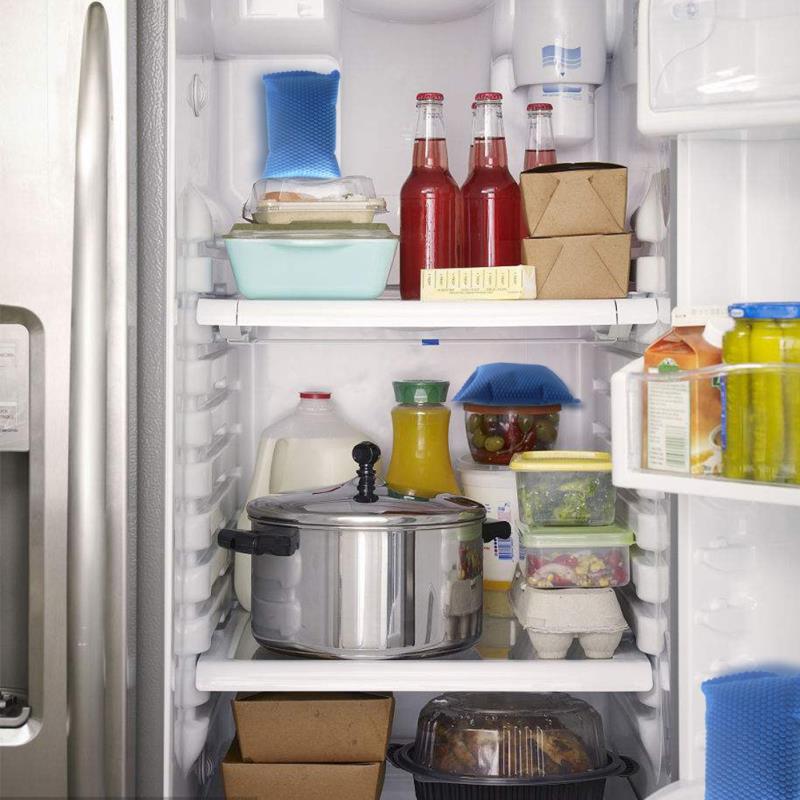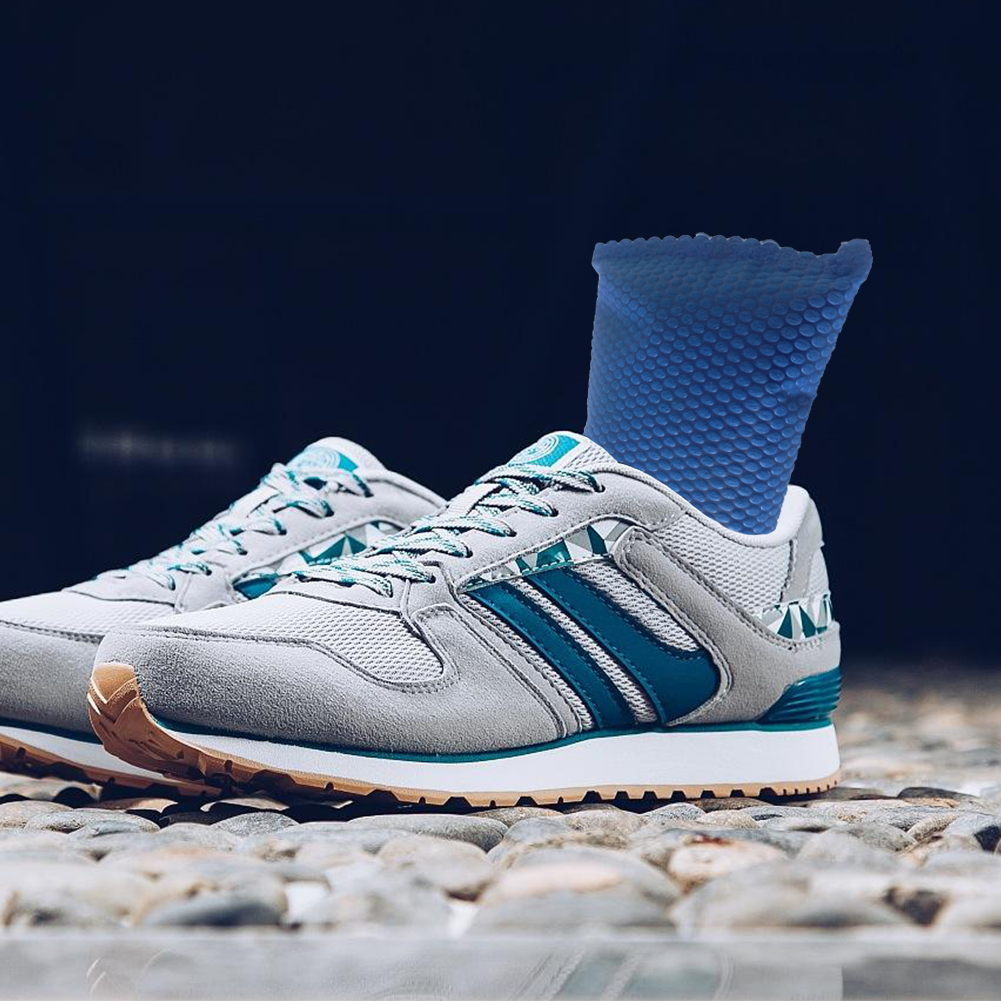one. Seed cultivation of American black grouper eggs were isolated floating, colorless and transparent, spherical, there is a oil ball, is a small yellow egg. Optimum incubation water temperature; 20-23 °C, optimum salinity: 25-34, 48-60 hours incubation time, larvae open mouth after 2-3 days.
1. Larvae cultivation (1) Cultivation water: Seawater is precipitated and sand-filtered for cultivation water. Requires dissolved oxygen above 5mg/L, pH 7.8-8.6, salinity 25-34. Incubate with indoor cement pool, 10-20 cubic meters of water body, add Chlorella in the pool water, keep the density at 30,000-50,000 cells/ml.
(2) Breeding density: 10,000-20,000/m3.
(3) Feed: The larvae began to feed on the third day after hatching, and the open bait was rotifer (3-35 days). The rotifers should be fed with chlorella for more than 24 hours, and the emulsified fish oil should be fed for 6-12 hours after feeding. The density of rotifers in the water should be kept at 5-6/ml, and then Artemia larvae should be used (20-35 days). The density is 0.5-5/ml. Later on Artemia adults (35-50 days), fish, shellfish minced meat (above 45 days). According to the bait density in the tank, it can be increased or decreased appropriately.
(4) Management: The newly hatched larvae are generally cultivated in still water and micro-inflated. As the seedlings grow, they gradually increase the amount of aeration and change the amount of water. Changing the water once a day, the daily water exchange rate of 10% -60%. When changing the water, filter it with a cage made of 200-260 mesh sieve and add chlorella to the pool after changing the water. According to the bottom of the pool residue sucker. When nurturing, attention should be paid to the quality of the bait, palatability, and quantity, and timely removal of the oil film on the surface.
2. Juvenile rearing larvae after the completion of differentiation of fins, the system shed fish, grow patterns into the juvenile period. The bait is mainly fish, shrimp and shellfish, supplemented with a small amount of food. Stocking density: 1000-2000/m3, juvenile period, fry between the fry is serious, should be timely feed by size and size, and put some sinking tube-shaped shelter in the pool, easy to hide juveniles to avoid residue food.
two. Adult fish culture
1. The concrete pool culture tank has a volume of 20-50 cubic meters. In the case of inflatable equipment, the stocking density is 15 fish/cubic meters and the recycled water is used. The bait is mainly composed of fresh fish, supplemented with bait, and later with bait-based feed. When stocking, they should be sorted and kept in a timely manner.
2. The cage culture cage size is 3m3m3m and consists of 9 or 12 fishes. There should be a certain distance between the fish rows. The orientation of cages should be aligned parallel to the direction of the tide. This will not only ensure the smooth flow of water, but also ensure that natural food organisms outside the cage enter the cage, and it is also conducive to the discharge of residual bait from the cage out of the cage. Cage can be placed inside the cage to prevent mutual disability.
Stocking density: 4-6kg/m3.
Baits: mainly with bait, supplemented by fresh fish, feeding 1-2 times a day.
Management: (1) timely sorting to prevent self-mutilation; (2) pay attention to environmental changes during heavy rain or red tide; (3) constantly check the safety of cages, especially before and after typhoons and heavy rains; regularly remove the clothing attachments The object; with the growth of fish, timely replacement of clothing.
three. Disease prevention and control In the production process, we adhere to the principle of prevention as the mainstay, observe diligently, diligently inspect and strictly perform day-to-day management operations, and do the following:
1. Maintain a good water environment, change the water regularly, and regularly remove residual baits, excrement and other contaminants from the pool to ensure fresh water and adequate dissolved oxygen.
2. Ensure the quantity and quality of feeds and maintain a suitable stocking density.
3. Regular Quanchiposa disinfectant, probiotics, antibiotics to prevent disease, can also be formulated bait feeding.
4. I found that the disease was isolated in time and diagnosed as soon as possible.
5. Be careful to prevent fish injuries.
Air purification activated carbon is a kind of activated carbon, the use of high-quality activated carbon specially treated for the special purification of contaminated air, so called air purification activated carbon. Only the hardness, high strength, porous pores of activated carbon as air purification activated carbon

Activated carbon is a carbonaceous material with relatively high carbon content and relatively developed voids, such as coal, shell, wood, bone, petroleum residue and other raw materials, after carbonization, and then through 800 to 1500 degrees of activation of high temperature, the formation of micro Hole and the hole, so that its specific surface area and adsorption capacity to meet certain requirements. Ordinary activated carbon production is generally divided into two processes, the first: carbonization, the second: activation. Activated carbon is divided into decolorization of activated carbon, water purification activated carbon, air purification activated carbon, heavy metal recovery of activated carbon hundreds of species, use and its wide range of science is currently the most effective adsorption material.
l
Activated carbon can be used as air purification carbon. Shell charcoal, coal can be used as raw materials for air purification of carbon. Coconut shell activated carbon which best.
Air purification activated carbon, the choice of high quality wood or coconut shell, through the depth of activation and unique pore size adjustment process, the activated carbon has rich pores, and the size of the hole is slightly larger than the toxic gases, specific surface area> 1300 m2 / g, benzene, Formaldehyde, ammonia and other toxic and harmful gases with high efficiency adsorption capacity, which can effectively remove indoor air of gaseous pollutants and harmful malodorous substances, so as to achieve the purpose of reducing pollution and purifying the air. Now Division I introduced spherical and column-shaped products according to different applications, so easy to desorption regeneration, low loss, compared with the traditional particles or powdered activated carbon has a higher life, can greatly reduce the cost of users. Therefore, whether in terms of efficiency or consumer perspective, activated carbon are all the best air purification filter.

Car Air Purifier,Activated Carbon Air Purifying Bag,Odor Eliminator Purifier
NINGXIA IFA INDUSTRY&TRADE CO.LTD , http://www.ifagoup.com
